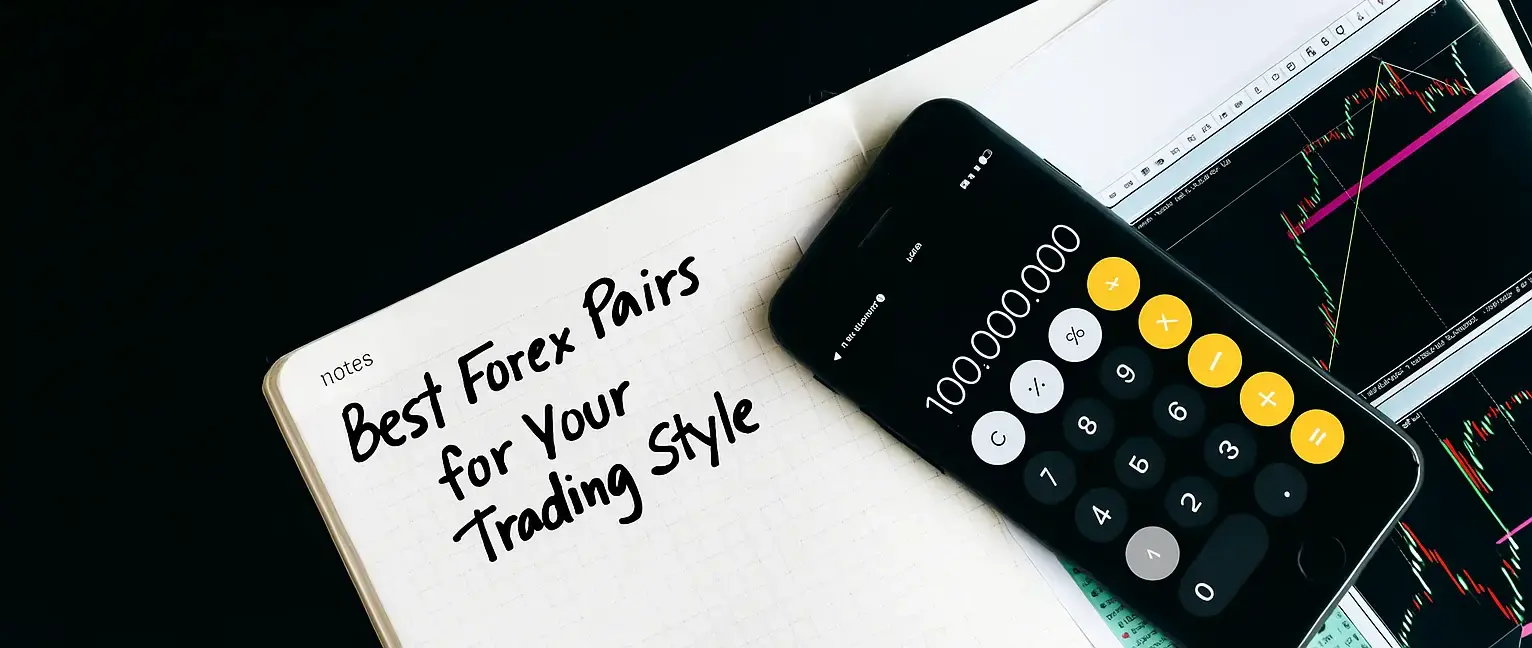Prop Firm Risk Management Strategies Every Trader Should Know
Written by Rachel on August 6, 2025.Introduction
There’s a saying in trading that goes, “Risk management is more important than strategy.” You’ve heard that before? Yeah, we just made it up – but it should be a popular adage because it speaks the truth. No strategy is ever 100% accurate, but a predefined risk management plan can be. In this article, we’re diving into risk management techniques for prop firm trading – because even the cleanest setup can fail if your risk is sloppy.
- What is prop firm trading?
- Why Risk Management in Prop Firm Trading Requires a Unique Approach
- The key risk management techniques you need to protect your account and your prop firm trading career
Before we get into the nitty-gritty of risk management, let’s make sure we’re all on the same page about what prop trading means, because how you manage risk depends entirely on what kind of trader you are and prop firm traders play by a very different set of rules.
What Is Prop Firm Trading and Why Risk Management Matters?
At its core, prop trading is when a firm lets you prove your trading skills in a simulated market environment. If you follow their rules and pass the challenge, they give you access to a funded account. From there, any profits you make are yours to withdraw, usually shared between you and, the firm.
Essentially, you’re not using your own money, but you’re also not touching theirs straight away. First, you prove you can trade by following their rules on a challenge account that is a simulation of the real markets. If you pass, then they give you access to an account in which you can get a cut of whatever profits you make.
What is Risk Management in Forex Prop Trading?
Risk management in prop trading is controlling how much you can lose per trade so you don’t blow your account. If you’re trading with a funded account, having solid risk management techniques for prop firm trading becomes essential – not optional.
Risk management makes you pause and ask the right questions before you risk your money. How much can I lose per trade?
- How much can I lose overall?
- What’s my risk vs reward?
You also need to consider the specific risks of Forex trading:
Market risk: Prices move up and down. You might buy USD/JPY expecting it to go up, but it drops instead. You lose money.
- Leverage risk: If you have $100 but use leverage to trade like you have $1,000, a small loss can wipe out your whole $100 fast.
- Operational risk: Let’s say your internet cuts out while you’re in a trade or you accidentally type the wrong lot size. That can lead to losses you didn’t plan for.
5 Essential Risk Management Techniques For Prop Firm Traders
1. Emotional Discipline in Risk Management
Most conversations around risk management in trading focus heavily on numbers: percentages, drawdowns, position sizing, stop-loss levels, and so on. While these are all essential risk management tools, they rest on a foundation that is often overlooked: emotional discipline and that’s why we are starting with it.
Emotional control is the baseline. If a trader cannot remain calm after a loss or during a winning streak, no amount of technical knowledge will protect their capital. For example, imagine a trader who starts with a $100,000 account and risks 1% on a trade. The trade loses, and their equity drops to $99,000. Frustrated, the trader decides to risk 3% next, not because their plan says so, but because they want to recover faster. That decision is emotional, not strategic, and it opens the door to much greater losses.
An emotionally disciplined approach would look different. After losing 1%, the trader might reduce risk to 0.5% or even 0.3%, staying consistent until they’ve recovered half or all of the previous loss. This point is about resisting the urge to react emotionally and instead making decisions based on logic and structure.
2. Smart Position Sizing for Prop Firm Risk Management
Position sizing is a core risk management tactic in forex trading. It helps you figure out exactly how much capital to put into each trade, based on your account size and how much you’re willing to risk. It protects your account from taking a major hit that can significantly impact your overall portfolio.
Traders using this method typically risk between 0.5%-2% of their total account on each trade. Keeping losses small like this helps them absorb several losing trades without wiping out their account, giving them more time and flexibility to make smart moves in the market.
Here’s an example of good position sizing in action:
Bryan has a $100,000 prop firm account with a 10% max drawdown limit. He decides to risk 0.5% per trade, which is $500. For every trade, he adjusts his position size so that if the trade hits his stop loss, he only loses that $500.
Because Bryan keeps his risk consistent and low, he can survive multiple losing trades without hitting the 10% drawdown limit. This disciplined approach helps him protect his capital and stick to the prop firm’s rules.
3. Using Stop-Loss Orders to Protect Your Prop Firm Account
Stop-loss orders are frequently misunderstood or viewed with reluctance. In reality, they are essential risk management tools in forex trading. A stop-loss order is an instruction to automatically close a trade when it reaches a specified level of loss.
This mechanism limits the trader’s potential losses. By using stop-loss orders, traders impose a disciplined approach to risk management. These orders prevent emotional decision-making and ensure that losses remain manageable, reducing the chance of small setbacks turning into significant financial damage.
4. Take-Profit Orders in Risk Management Techniques
Take-profit orders go hand in hand with stop-loss orders. They automatically close a trade once it hits a target profit, helping traders secure their gains without delay. By setting take-profit levels, traders avoid missing out on profits due to sudden market moves or hesitation.
In this case, when price gets to 146.500-147, the order automatically closes, securing all profit. These orders also help maintain a healthy balance between risk and reward, supporting steady growth while keeping losses under control.
5. Risk-to-Reward Ratio: A Core Prop Firm Trading Technique
Risk-to-reward just means how much you’re risking versus how much you’re aiming to gain. A 1:1 means you are risking $100 to make $100. A 1:3 means you are risking $100 to make $300. Now here’s the important part, if you’re always trading 1:1, you need to win at least 6 out of 10 trades to be profitable, because your wins and losses cancel each other out. But if you’re trading 1:3, you can lose 7 out of 10 trades and still make money. One win covers three losses.
That’s why high R:R matters. It gives you room to be wrong and still end up ahead.
Conclusion
Risk management isn’t the boring side of trading, it’s the backbone of long-term survival, especially in the prop firm world. Without it, you’re just gambling. With it, you’re giving yourself the chance to grow, recover, and scale like a professional. That’s why risk management techniques for prop firm trading are at the core of every serious trader’s plan.
If you’re serious about managing risk or just serious about trading in general, Maven is built for you. Join the Maven Trading community today or jump-start with a Maven challenge.



